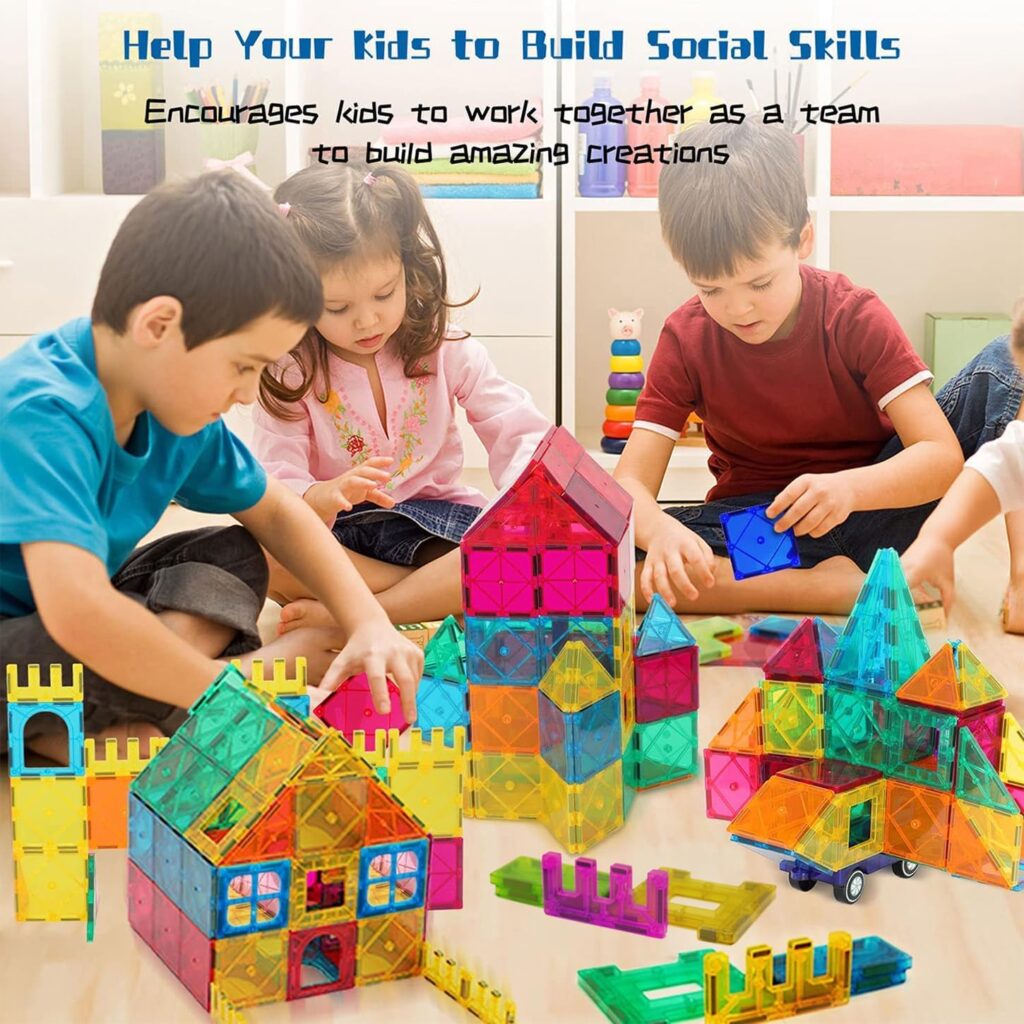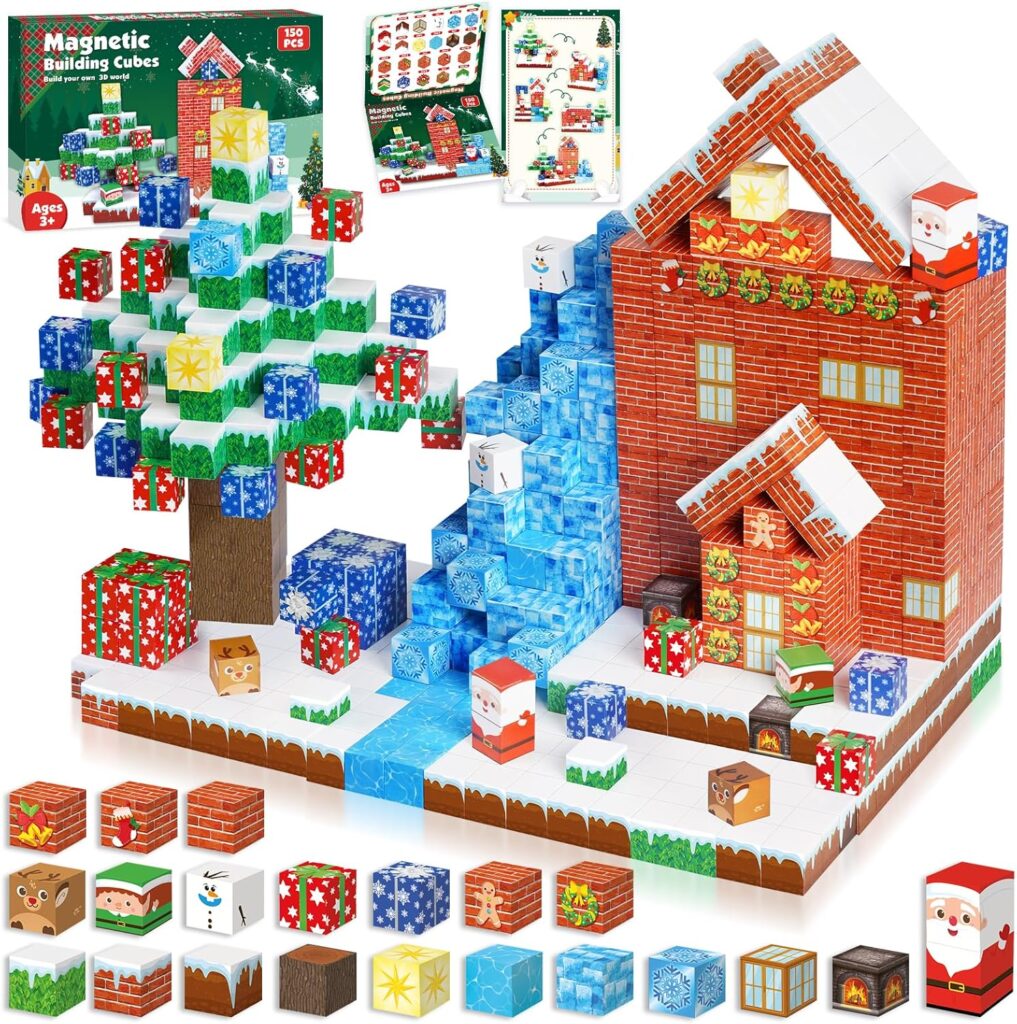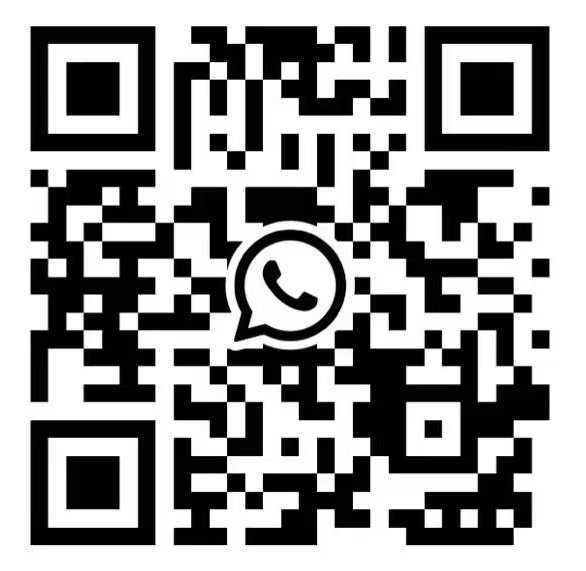How to Select Suitable Chinese-Made Magnetic Toys from Europe: Key Considerations
As a professional in Europe sourcing magnetic toys from China, finding the right products involves careful planning and attention to detail. Magnetic toys, popular for their educational and fun appeal, are often manufactured in China due to cost-effective production and advanced manufacturing capabilities. This guide will help you navigate the process, ensuring you choose high-quality, safe, and compliant products while minimizing risks.
Understanding Magnetic Toys and Their Market Appeal
Magnetic toys include items like magnetic building blocks, puzzles, and educational sets that use magnets for assembly and interaction. These toys are in high demand in Europe for their ability to enhance children’s creativity and STEM learning. When sourcing from China, recognize that the country dominates global toy production, accounting for over 70% of the world’s toys.
Key benefits of Chinese-made magnetic toys include competitive pricing, customization options, and rapid production scales. However, as a European buyer, you must prioritize safety and quality to meet EU regulations. Start by identifying your specific needs, such as age groups, materials, and features like strong neodymium magnets for durability.
Why Source from China?
China offers unparalleled manufacturing expertise, with factories equipped for high-volume production. For B2B buyers in Europe, this means access to innovative designs at lower costs compared to local alternatives. Additionally, Chinese suppliers often provide OEM and ODM services, allowing you to tailor products to European market preferences.
Yet, challenges exist, such as language barriers and varying quality standards. To mitigate these, leverage tools like translation services and international trade platforms to connect with reliable partners.
Key Factors to Consider When Selecting Suppliers
Choosing the right supplier is crucial for successful imports. Begin by researching suppliers through platforms like Alibaba, Made-in-China, or attending trade shows such as the Canton Fair. Look for suppliers with a proven track record in toy manufacturing, ideally those certified by international bodies.
Evaluate supplier credibility by checking reviews, years in business, and client references. In Europe, prioritize suppliers who understand CE marking requirements, which ensure products meet EU safety standards.
Assessing Product Quality and Materials
High-quality magnetic toys require durable materials like ABS plastic and strong, child-safe magnets. Inspect samples for defects, such as weak magnets or poor finishing, which could lead to product failures. Request material safety data sheets (MSDS) to verify compliance with non-toxic standards.
Test for magnet strength using tools like a gaussmeter, ensuring they meet playtime durability needs. Remember, subpar materials can result in recalls, damaging your brand’s reputation in the European market.
Ensuring Safety and Compliance
Safety is paramount for children’s toys. Chinese-made magnetic toys must adhere to EU Toy Safety Directive 2009/48/EC, which covers choking hazards, magnet ingestion risks, and chemical limits. Always verify that suppliers conduct third-party testing through labs like TÜV or Intertek.
Watch for small parts that could pose choking dangers, especially for toys aimed at children under three. Suppliers should provide EN 71 certification, which tests for mechanical, chemical, and flammability safety. As a European importer, you may need to handle additional compliance, like REACH regulations for chemical substances.
Navigating Logistics, Shipping, and Costs
Once you’ve selected products, focus on efficient logistics. Shipping from China to Europe typically involves sea freight for bulk orders, which is cost-effective but slower, or air freight for urgent needs. Factor in lead times, typically 4-6 weeks for sea shipping, and account for potential delays due to customs.
Cost considerations include factory prices, tariffs, and hidden fees like insurance or handling. Use Incoterms like FOB (Free On Board) to clarify responsibilities. For B2B deals, negotiate bulk discounts or minimum order quantities to optimize expenses.
Dealing with Tariffs and Trade Barriers
European importers face tariffs under agreements like the EU-China Comprehensive Agreement on Investment. Check current rates via the EU’s TARIC database for magnetic toys, which may fall under HS code 9503. Be prepared for potential anti-dumping duties on certain Chinese goods.
To minimize costs, explore free trade zones or partner with freight forwarders experienced in EU-China trade. This ensures smooth clearance and reduces the risk of delays at ports like Rotterdam or Hamburg.
Tips for Effective Negotiation and Relationship Building
Negotiation is key in B2B trade. Start with clear communication about your requirements, including quality standards and delivery timelines. Build long-term relationships by visiting factories in China, which allows you to assess operations firsthand.
Use payment terms like letters of credit or escrow services to protect against fraud. Aim for transparency in pricing, and consider cultural nuances, such as building rapport before discussing business, to foster trust.
Overcoming Language and Cultural Barriers
Language differences can complicate dealings, so employ professional translators or use bilingual platforms. Understand Chinese business culture, which emphasizes hierarchy and relationship-building, to avoid misunderstandings.
Regular video calls and site visits can strengthen partnerships, ensuring your European perspective on product design and safety is integrated into the manufacturing process.
Frequently Asked Questions
Here are some common questions from European buyers sourcing magnetic toys from China:
- What certifications are essential for magnetic toys? Ensure suppliers provide CE and EN 71 certifications to meet EU safety standards and avoid market entry issues.
- How can I verify a supplier’s reliability? Check their Alibaba ratings, request factory audits, and contact past clients for feedback.
- What are the risks of magnet ingestion in toys? Magnets can cause internal injuries if swallowed, so products must comply with size and strength regulations under EN 71-1.
- How do I handle shipping delays? Choose reliable freight partners and include buffer time in your planning to account for customs processing.
- Are there sustainable options for magnetic toys? Look for suppliers using eco-friendly materials, such as recycled plastics, and ask for ISO 14001 environmental certifications.
Conclusion
In summary, selecting suitable Chinese-made magnetic toys from Europe requires a strategic approach focused on quality, safety, and compliance. By thoroughly vetting suppliers, ensuring regulatory adherence, and managing logistics effectively, you can secure reliable products that meet market demands. This process not only enhances your business operations but also builds lasting partnerships in the global trade landscape, ultimately driving success in the competitive toy industry.




